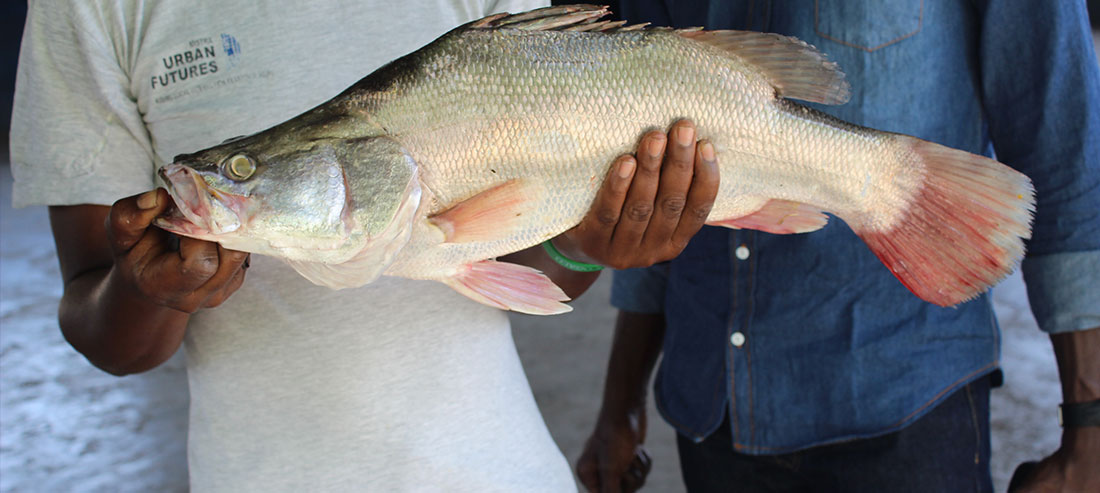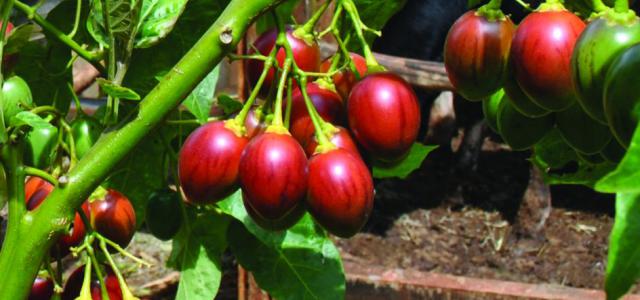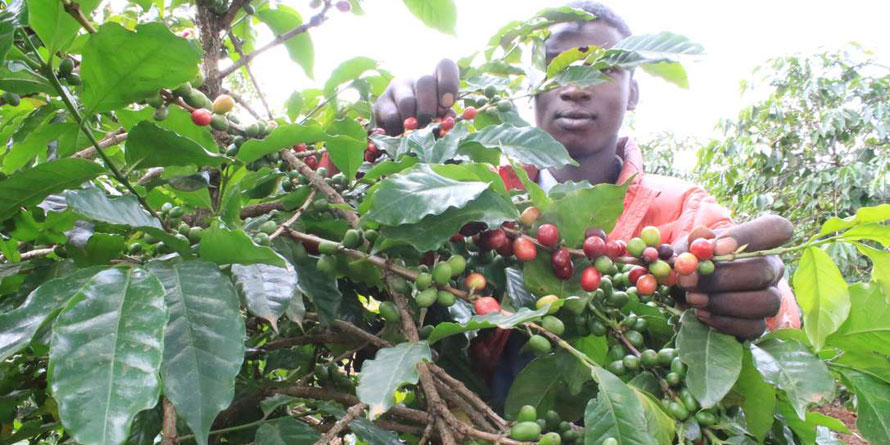
A report by East Africa Community and the European Union task force has indicated that Kenya and Uganda leads in fish production in the region having a yearly production of 24,000 tonnes and 20,000 to 30,000 tonnes respectively.
The report shows Tanzania fish production at 4,000 tonnes per year, three quarters of which is tilapia fish as the country is yet to commercialise the optimal level in aquaculture.
"In Tanzania aquaculture is primarily a small-scale subsistence activity with small ponds, little formal management and low productivity", said the report presented to the on-going regional workshop on fish farming. In spite of several commercial scale operations, including some cage farms on Lake Victoria in Kagera and Mara regions, the industry lags far behind the other riparian states.
"Unlike Uganda and Kenya, cage culture has not taken off at a commercial scale on the Tanzanian side of the lake", said the report.
RELATED ARTICLE: Africa harmonizes policies to boost fish trade
RELATED ARTICLE: Backyard fish farms increase household incomes
In Kenya, the government invested over $50.7m (Sh5.1bn) in development of aquaculture from 2009 to 2013, resulting in the construction of over 48,000 ponds.
This, the report stated, led to an increase in farmed fish production reaching an estimated 49,000 tonnes in 2013, falling to 24,000 tonnes the following year.
In Uganda, aquaculture production is promoted by the government and the country is estimated to have an estimated 25,000 ponds covering 100,000 hectares and about 3,000 cages.
Investments in commercial cage production systems are dominated by several international firms which invested in Lake Victoria with tilapia being the main catch.
The report which was discussed as the EAC and EU on Tuesday saw the launched of a five year project to increase fish stocks from the aquaculture farms, which now accounts for only eight per cent of fish consumption in the East Africa Community trading bloc.
The project will attract 10 million Euro fund from the European Development Fund by the European Union and it will commence from next year to 2024 with an intension of increasing catches from the fish farms to between 60,000 and 80,000 tonnes per year.
RELATED ARTICLE: Local fish labs to boost Kenya exports
RELATED ARTICLE: Human urine best fishpond fertiliser, research says
"Overall demand for fish in the region is projected to rise substantially in the near future due to high growth, increasing incomes and urbanization," said Liberat Mfumukeko, the EAC secretary general.
He noted, therefore, that developing aquaculture to meet the increasing demand for fish in East Africa was crucial.
Write comment (0 Comments)
















